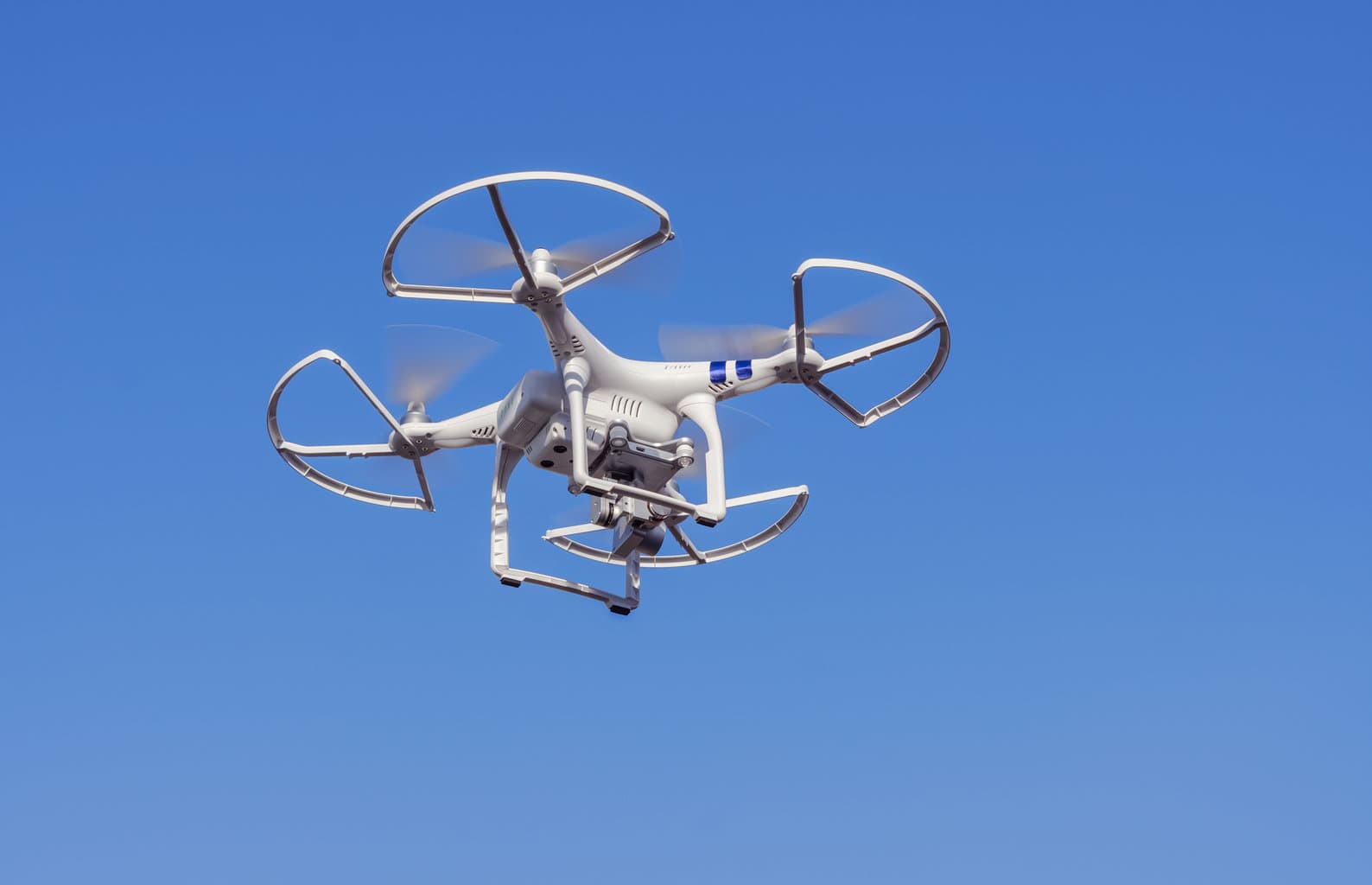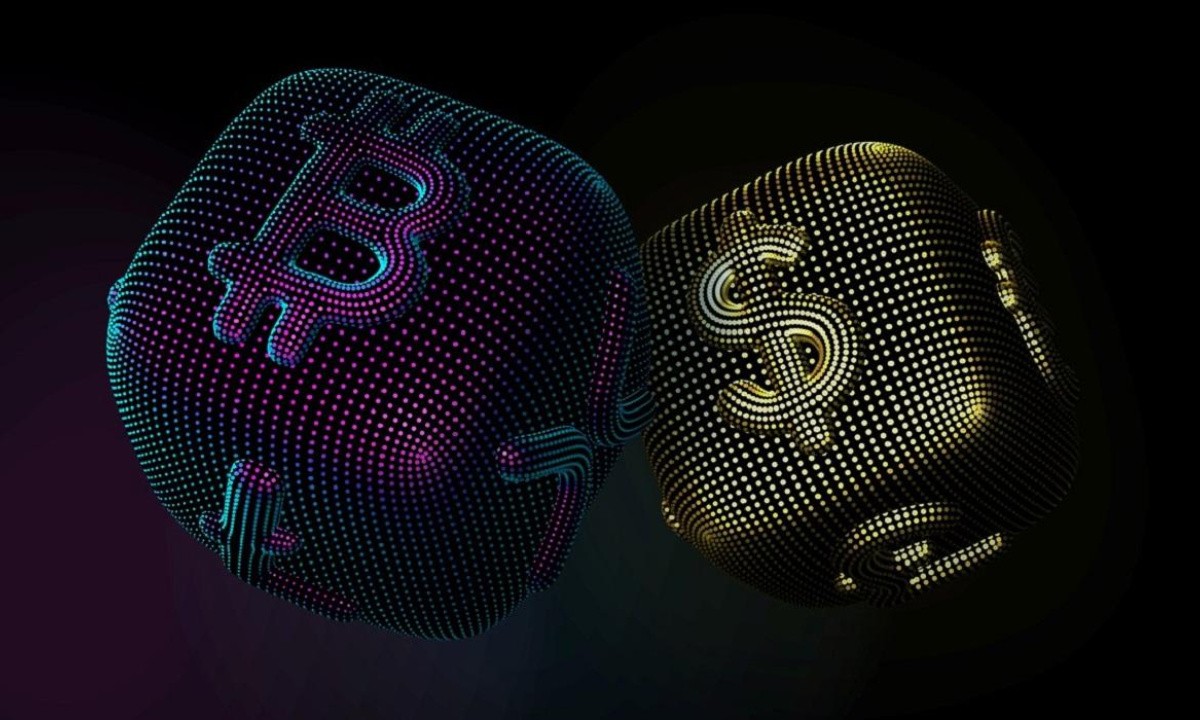Police Surveillance Tools Used in San Diego County


Overall, Americans are against the idea of statewide surveillance programs, which is why there are no nationwide camera systems complete with facial recognition like there are in many other countries. But Americans, like most people, also want police to be able to solve crimes, especially serious and violent offenses. Balancing the public’s desire for privacy and public safety can be difficult, so when a government agency installs surveillance systems, there is usually at least some level of public debate before the plans are implemented. Yet somehow, the SDPD managed to continually add new surveillance technology for years with minimal transparency, allowing San Diego to become one of the most surveilled cities in the nation (Chula Vista is similarly ranked in the top five).
Eventually, the press started reporting on the purchase of questionable tools, such as streetlight cameras and license plate readers, and citizens began demanding more oversight. In 2022, the City Council passed an ordinance requiring the SDPD to disclose what surveillance tools it uses, how it uses and stores the data, and what processes it uses to ensure the equipment is used legally and ethically. Here are some of the most problematic surveillance tech used by San Diego law enforcement agencies:
Smart Streetlight Surveillance Cameras
In 2016, the San Diego City Council approved a smart streetlights program with GE, allowing the company to install $30 million worth of cameras and other equipment using taxpayer funds. The plan was never shared publicly, though around 3,000 cameras were installed on streets across the city of San Diego, primarily concentrated in Downtown, Hillcrest, North Park, Ocean Beach, Normal Heights, Pacific Beach, and La Jolla.
These smart streetlights do not have facial recognition or license plate reading capabilities but can record audio. However, this feature was never turned on outside the Port of San Diego, and police never accessed those cameras. While written requests were required to access footage, police were still not required to obtain a warrant until 2020.
In theory, the new lights were supposed to pay for themselves with the data they managed to collect, making city planning easier and more data-driven than ever. Unfortunately, many sensors failed or worked improperly, meaning none of the data collected was particularly useful.
But while they were unreliable for data collection, the San Diego Police Department still found them helpful after they started using the devices in August 2018, when they noticed a camera in the Gaslamp might be useful for investigating a shooting. Even then, the public wasn’t aware of the police use of the devices until the press began discussing the issue in February of 2019. At the time, SDPD Capt. Jeffrey Jordon said the agency had used footage 164 times in only 13 months to investigate crimes ranging from murder and rape to vandalism and illegal dumping.
Once news about the smart cameras was publicized, groups such as the ACLU and Anti-Surveillance Coalition (ASC) started organizing protest efforts against the devices, arguing that the lack of transparency in their approval, installation, and use indicate clandestine purposes that should not be accepted in a democratic society. Many people found the matter particularly problematic given that the city has long been slow to respond to public information requests on behalf of many press agencies.
In 2023, police convinced the City Council that 500 new streetlight surveillance cameras should be installed around the city and that they should be given access to live streams of the footage.
SpotShotter Gunshot Detection
ShotSpotter is an AI technology that uses microphones in multiple spots around an area to help police recognize gunshots. This surveillance technology is currently used by the SDPD and UCSD Police Department. According to the company, over 80% of gunshots are never reported to police, so the tool is designed to help police track down the source of these unreported gunshots by identifying when and where they occurred. Unfortunately, the accuracy of these devices leaves a lot to be desired, and their use can make members of the communities where they have been installed more vulnerable.
ShotSpotter gained notoriety when a Chicago man named Michael Williams was released from jail after a year due to a lack of evidence in his case. Williams was charged with first-degree murder after a man riding in his car was shot, which he said happened when another vehicle pulled up next to his and shot the young man. But police said Williams pulled the trigger.
At the heart of the controversy in the case was the fact the case was almost entirely based on evidence from ShotSpotter. This “evidence” consisted only of a loud bang that the AI initially labeled as a firecracker that went off a mile away from Williams, which a human later recategorized as gunfire at William’s location —allegedly to reflect where the sensors had actually identified the noise. In fact, ShotSpotter regularly changes the results of their algorithm’s findings manually.
When defense attorneys, civil rights advocates, or journalists have tried to get access to ShotSpotter’s algorithms to better understand how their systems make decisions, they have been repeatedly shut down. While the company claims they have a 97% accuracy rate with only .5% false positives (meaning the device claimed there was a gunshot when there wasn’t), that data could not be independently verified, but the Voice of San Diego estimated the false positive rate is closer to 12.3%. They found jackhammers, hammers, nail guns, and other construction noises are frequently reported as gunshots by ShotSpotter.
The Chicago Office of the Inspector General (OIG) found that police responses to data from the technology rarely produced evidence of a gun-related crime. Still, it was often used to justify the detainment and search of people in Chicago’s predominantly minority neighborhoods.
ShotSpotter microphones don’t just pick up loud noises but all audio from a given area, meaning they record private conversations. In at least two circumstances, prosecutors attempted to use these conversations against people in court. In the Massachusetts case, the court ruled that these recordings violated the state’s wiretap laws. However, in a California case, the judge allowed the audio to be used as evidence.
ShotSpotter is typically installed in low-income neighborhoods with higher-than-average populations of minorities since these areas typically have higher crime rates than others. In San Diego, they’re installed in a 3.6 square mile area in the Lincoln Park, Skyline, Valencia Park, and O’Farrell neighborhoods, which police say have the highest percentage of gun-related crimes in the city.
But activists argue that when police appear on the scene expecting gunfire, they are more likely to draw and fire their guns, even if the system falsely reported a gunshot. This heightened assumption of risk puts residents at risk because the police arrive assuming they are in danger and have no contextual information about what to expect so they can prepare —meaning they feel they should expect anything.
Installing ShotSpotter in minority neighborhoods can simultaneously put police in more danger by increasing tensions between officers and residents who feel overpoliced and discriminated against. This tension could make some individuals more likely to attempt to harm officers who arrive on the scene already on edge because they expect to see gunfire. Putting ready-for-action police in an area with citizens who are often wary of police creates a dangerous situation for everyone.
Stingray Cell-Site Simulators
Cell phones contain so much sensitive data that the Supreme Court has ruled that searches of cell phones require a warrant. One way police have gotten around this is through cell site simulators that can mimic a cell tower to track the location, call history, and website browser history of every phone in the area.
A cell-site simulator, also known as an IMSI-catcher, is a device the size of a printer with a large antenna. It spoofs a cell phone tower signal so that cell phones will connect to it, providing a wealth of information, most importantly, a highly accurate location of a phone —much more accurate than they could get by subpoenaing a wireless carrier. The most popular model of these products is the StingRay, sold by the Harris Corporation.
While usually used to obtain location data, the technology in these devices can do a lot more, including seeing call history and browser history. Some StingRays may even be able to record someone’s calls or spoof messages or calls to and from their phones.
While only a small number of police departments in California own these devices, the SDPD has been using them since 2010, well before the public was even aware of the device’s existence, thanks to the persistent detective work of an imprisoned hacker who was caught primarily through the use of an IMSI-catcher.
While the SDPD possesses models that can intercept conversations, they claim to limit their use of cell site simulators to only obtain location data. Initially, the department used these devices for a wide array of cases, but since California worked with the EFF to draft legislation requiring a warrant for their use, the department uses cell-site simulators much less frequently.
To obtain a warrant, the police must disclose how they plan to use the surveillance tech and why. Because these devices collect so much data on innocent individuals, judges weigh the public interest of potentially apprehending a criminal with the public’s right to privacy. As such, they rarely issue warrants in cases that do not involve violent offenders that threaten the public. When a warrant is issued, the officers must limit the data they collect from innocent people, and all records not considered to be evidence cannot be stored or recorded.
Unfortunately, police sometimes attempt to hide the fact that they used a cell site simulator. They do this through the use of parallel construction, meaning they investigate the case in a legally questionable manner and then attempt to hide their behavior by following through with the proper method.
Police have occasionally gotten caught doing this with StingRays after obtaining a warrant for data from the suspect’s wireless carrier. If they are able to locate a suspect in a specific area when traditional cell site data would not be so accurate, it often indicates an IMSI catcher was used. Since the police can be secretive about what technology they use to acquire information about defendants, criminal defense lawyers often file motions ordering the prosecution to reveal the source of the data.
Cell Phone Encryption Breakers
Police must get a warrant before viewing data on a locked cell phone without the owner’s consent. If that device is encrypted and the owner refuses to unlock it for them, they need to use an encryption breaker. Cellebrite and Grayshift design some of the most common technologies used for this purpose. Once the devices break through the user’s encryption, officers have access to data stored on the phone, including texts, call logs, emails, photos, location data, contacts, web browsing history, app data, and some can even access information that was already deleted.
Law Enforcement Surveillance Drones
At least 9 law enforcement agencies in San Diego County use drones, including the Escondido Police Department, Carlsbad Police Department, San Diego Sheriff’s Department, Oceanside Police Department, San Diego Police Department, Chula Vista Police Department, National City Police Department, El Cajon Police Department, and San Diego Harbor Police Department.
In 2020, Voice of San Diego contacted six police departments to discover how police agencies used drone surveillance technologies. Only two agencies complied with the requests by providing logs about drone use. Of all agencies, the Carlsbad PD was the most transparent with their use of these surveillance tools.
Overall, the paper discovered that police agencies were using drones to monitor protests, for search and rescue missions, and to follow fleeing suspects. While most people would support using a drone for rescue missions or even direct pursuit of a suspect, using drones to monitor protests seems like a slippery slope. Imagine the chilling effect it could have on free speech if the police add facial recognition to the devices and can identify everyone who attended a protest —particularly one against police abuses.
Automated License Plate Readers
Police install automated license plate readers (ALPRs) in fixed locations and on patrol cars to identify and track vehicles. This data can be stored for up to one year. These tools can also be used to recognize wanted vehicles and send officers real-time alerts when one drives by an ALPR.
While the most extensive system of ALPR cameras in San Diego is owned and operated by the Carlsbad police department, most of the county’s law enforcement agencies use ALPRs and they frequently share the data with one another. Other agencies that use ALPR devices in San Diego include the:
- Chula Vista Police Department
- Coronado Police Department
- El Cajon Police Department
- Escondido Police Department
- La Mesa Police Department
- Oceanside Police Department
- Palomar College Police Department
- San Diego Harbor Police Department
- San Diego Police Department
- San Diego Sheriff’s Department
- SDSU Police Department
- UCSD Transportation Services
- U.S. Customs and Border Patrol
- U.S. Drug Enforcement Administration
BERLA Vehicle Forensics
A particularly problematic new technology being utilized by the U.S. Customs and Border Patrol and the SDPD is the BERLA vehicle forensics tool. This device sucks data from vehicles’ infotainment, GPS, and telematics systems, allowing officers to view where cars have traveled, when doors were open, and even if seatbelts were used.
Even more concerning is the fact that these devices can also pull data such as call logs, SMS messages, emails, social media feeds, and contacts from cell phones that have been connected to the vehicle via USB or BlueTooth. Because BERLA can allow officers to look at cell phone data as well as vehicle information, police are increasingly relying on the devices to bypass the need for cellphone encryption tools.
Ring Doorbell Partnerships
In some cases, police don’t even need to purchase their own surveillance equipment. Instead, they sign a partnership agreement with technology companies that agree to share data with them. One of the most notable examples is the agreement law enforcement agencies have created with Amazon to view footage from Ring doorbells.
While SDPD has established a relationship with Ring devices, San Diego law enforcement agencies that have partnered with Amazon include the:
- Carlsbad Police Department
- Chula Vista Police Department
- El Cajon Police Department
- La Mesa Police Department
- Oceanside Police Department
- San Diego Sheriff’s Department
Body Worn Cameras
One surveillance tool that even privacy advocates tend to support is the body body-worn camera. These devices increase police transparency by recording police interactions with the public. The SDPD official body cam policy allows for citizens’ privacy during casual and informal encounters with police, including peaceful political protests.
While they are mandated to record all law enforcement contacts with the public, they can disable the body camera for a valid reason, for example, if someone refuses to speak with them while it is on. Officers must document the incident and why they turned off the camera, or they can face disciplinary measures, up to termination. Unfortunately, if an officer turns off their camera to hide a morally ethical act, this is not a crime.
Body cams are worn by the majority of law enforcement agencies in San Diego, including the:
- Carlsbad Police Department
- Chula Vista Police Department
- Coronado Police Department
- CSU San Marcos Police Department
- El Cajon Police Department
- Escondido Police Department
- La Jolla Tribal Police Department
- La Mesa Police Department
- MiraCosta College Police Department
- National City Police Department
- Oceanside Police Department
- Pauma Tribal Police Department
- San Diego Community College District Police
- San Diego Sheriff’s Department
- SDSU Police Department
- Southwestern Community College Police Department
- UCSD Police Department
San Diego Privacy Advisory Board
What’s really shocking about these surveillance technologies is that San Diego lacked a community oversight board to ensure a transparent and responsible use of surveillance tech by the local police departments. When a Privacy Advisory Board was finally implemented in 2020, the SDPD had been using some of these tools for over a decade.
Unfortunately, the Privacy Advisory Board is just there to advise the City Council, so while they urged the city to reject the SDPD’s plan to bring back the smart streetlights, the council disagreed. Now they will be back in use once the police department finds a vendor.
If you are suspected of any crime or have questions about police surveillance in San Diego, please call attorney Peter Liss at (760) 643-4050.




